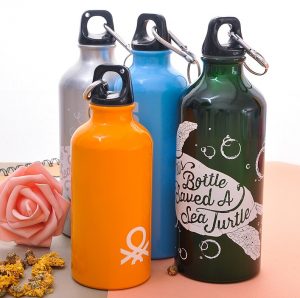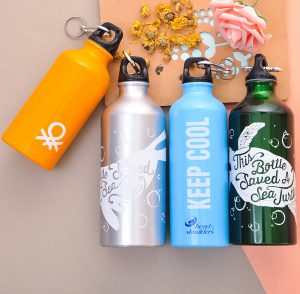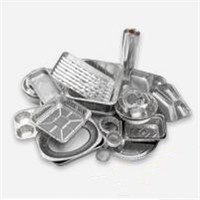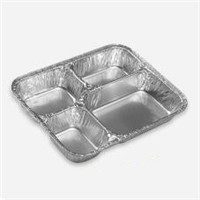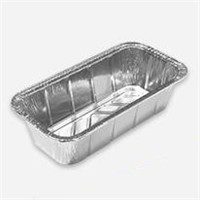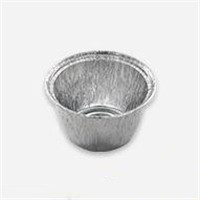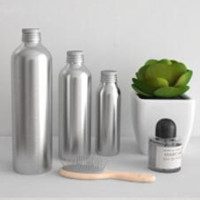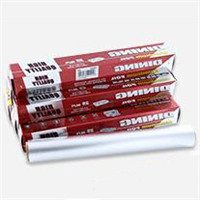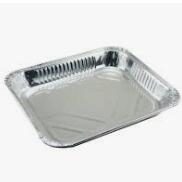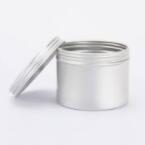At present, in the food industry, food packaging cans made of tinplate mainly include three-piece cans, food cans and biscuit cookie tins, moon cake tins, tea tins, etc. Food packaging cans are aimed at other packaging cans. Merchants pay more attention to the anti-corrosion ability of food tins, which can directly affect the quality and shelf life of packaged foods. However, there are many types of packaged foods and storage should be based on the physical and chemical properties of the food. Changes in requirements.
1. Anti-corrosion properties of food tins
1) For tinplate cans for high-protein foods such as meat, the packaged foods are easily decomposed by heat, leading to vulcanization reactions and vulcanization spots. Therefore, the advantage of using tinplate cans to package food is precisely the ability to resist the vulcanization reaction and prolong the food packaging period.
2) For those acidic foods, such as fruit, tomato and other food packaging tins, tinplate can effectively prevent acidic substances from reducing iron elements. Therefore, tinplate cans have strong acid resistance when packaging acidic foods.
3) Since the tinplate in the food tin is electroplated tin, it can prevent the oxidation-reduction reaction between oxygen and iron to produce iron oxide (commonly known as rust). The tinplate can withstand the test of oxidation and corrosion at all times. Therefore, the tinplate can has the ability to resist corrosion.
4) For other foods with special requirements, such as products containing alcohol (white wine, red wine, etc.). It is not possible to use general anti-corrosion means for treatment, but to eliminate the voids of the anti-corrosion layer with a certain process to prevent the precipitation of iron ions and affect the specific flavor and taste of the wine.
In view of the above factors, in the production of printed iron cans, the various characteristics of packaged food are mastered, and relevant inspection tests are done before the empty cans are used to ensure the quality of the products. The editor of Mai’s introduces to you what are the anti-corrosion detection methods of food tins?
1. Acid resistance test
Several pieces of iron materials that have been painted and cut are used and put into a certain concentration of acetic acid solution. After sealing, put it into an elegant container, apply a pressure of 1 MPa, and maintain it for 30 minutes at a temperature of 120°C. After cooling, take the iron material and observe whether there are discoloration, whitening, and film removal on the surface of the coating film. If there is no such phenomenon, the acid resistance is qualified. On the contrary, the acid resistance has not passed, and it needs to be done in the process. Out adjustment.
2. Sulfur resistance test
Use several pieces of iron material after coating and cutting treatment, solder the wires on the back of the iron material, and seal with beeswax and cut corners together, and then put the iron material into the prepared corrosive liquid, and the same 15V DC voltage and The iron coating is anodicly corroded, and it is taken out after 1 hour to observe whether the iron coating shows signs of scoring. If there are more than 10 to 30 spots with a length of 5 to 10 with a length of 2mm, it is considered qualified, and the above-mentioned extremely unqualified mark does not appear.
3. Anti-corrosion inspection
Take several pieces of iron material after coating and cutting treatment, immerse it in a 5% copper sulfate solution, take it out after 30 minutes, observe whether the iron material film layer has corrosion spots, if there are no corrosion spots, it is regarded as a qualified product, and vice versa Is not qualified.
